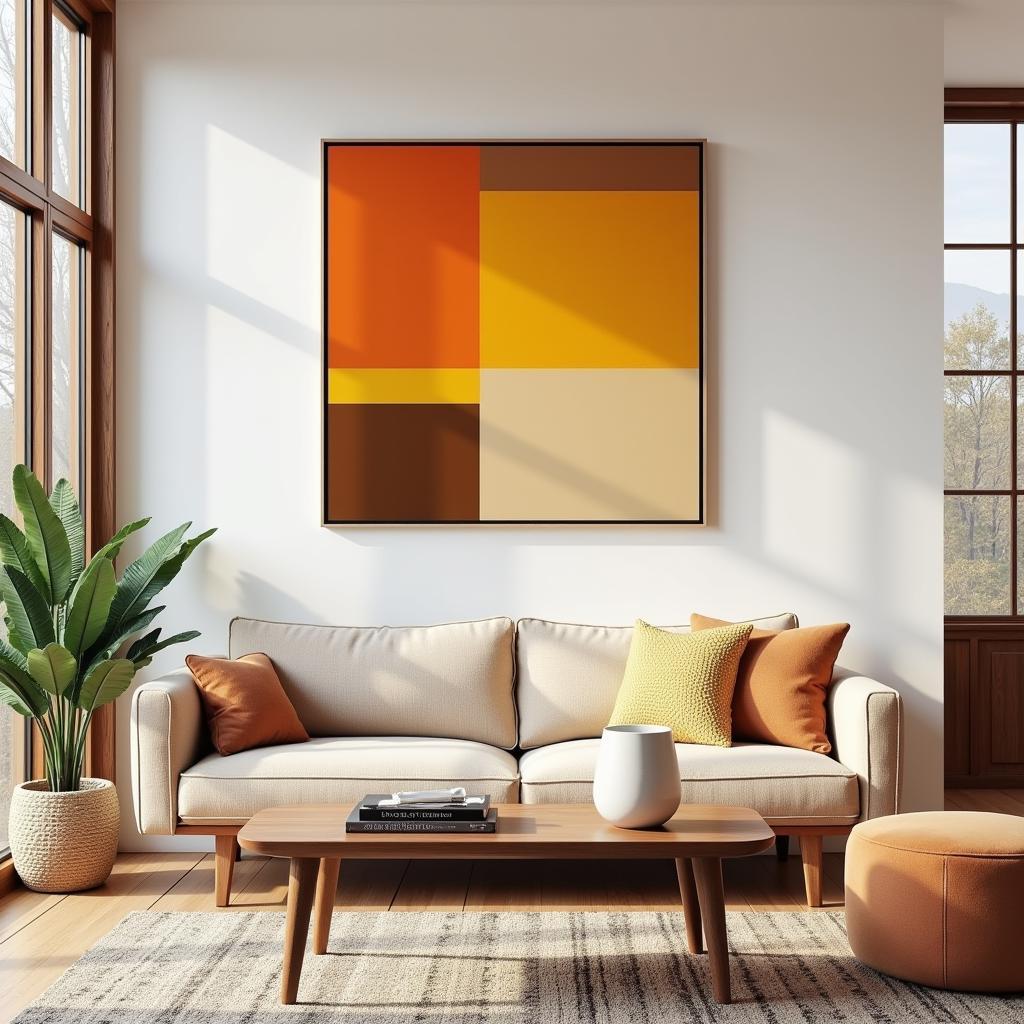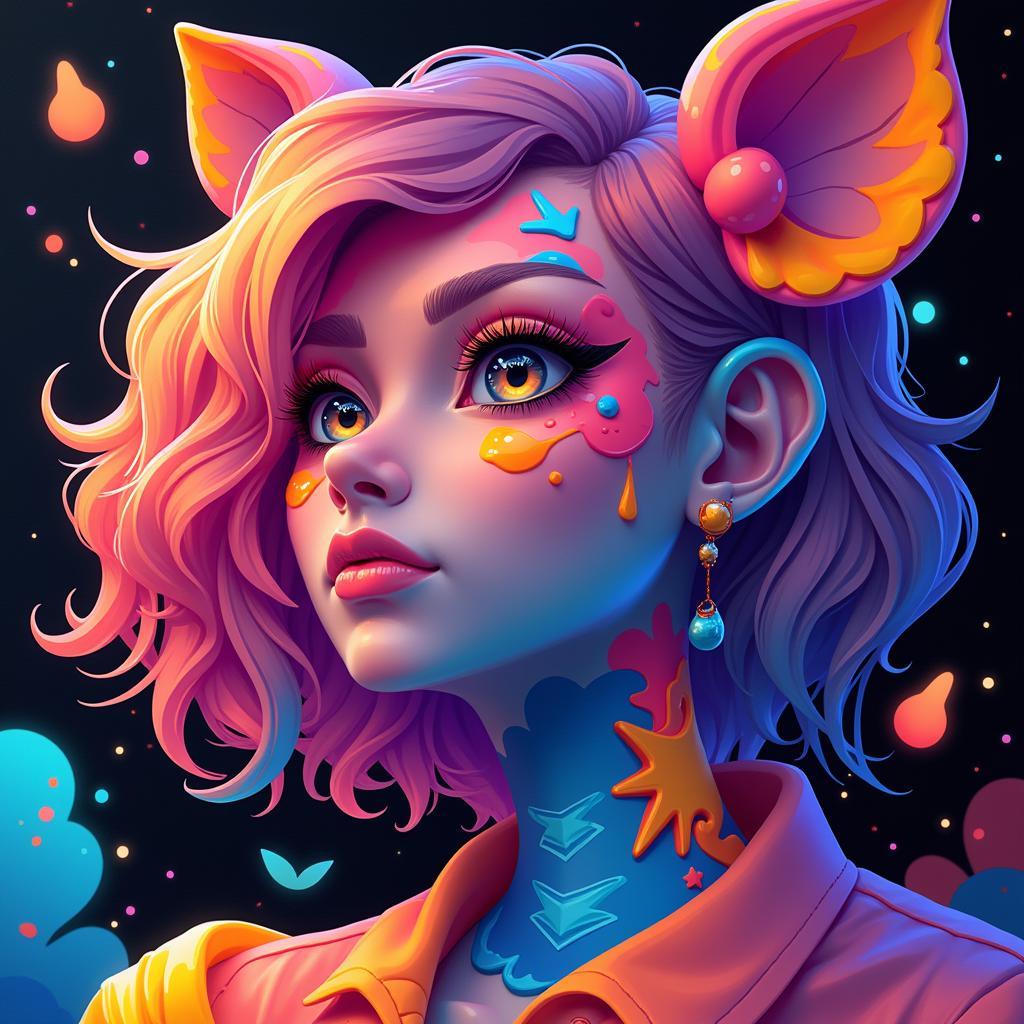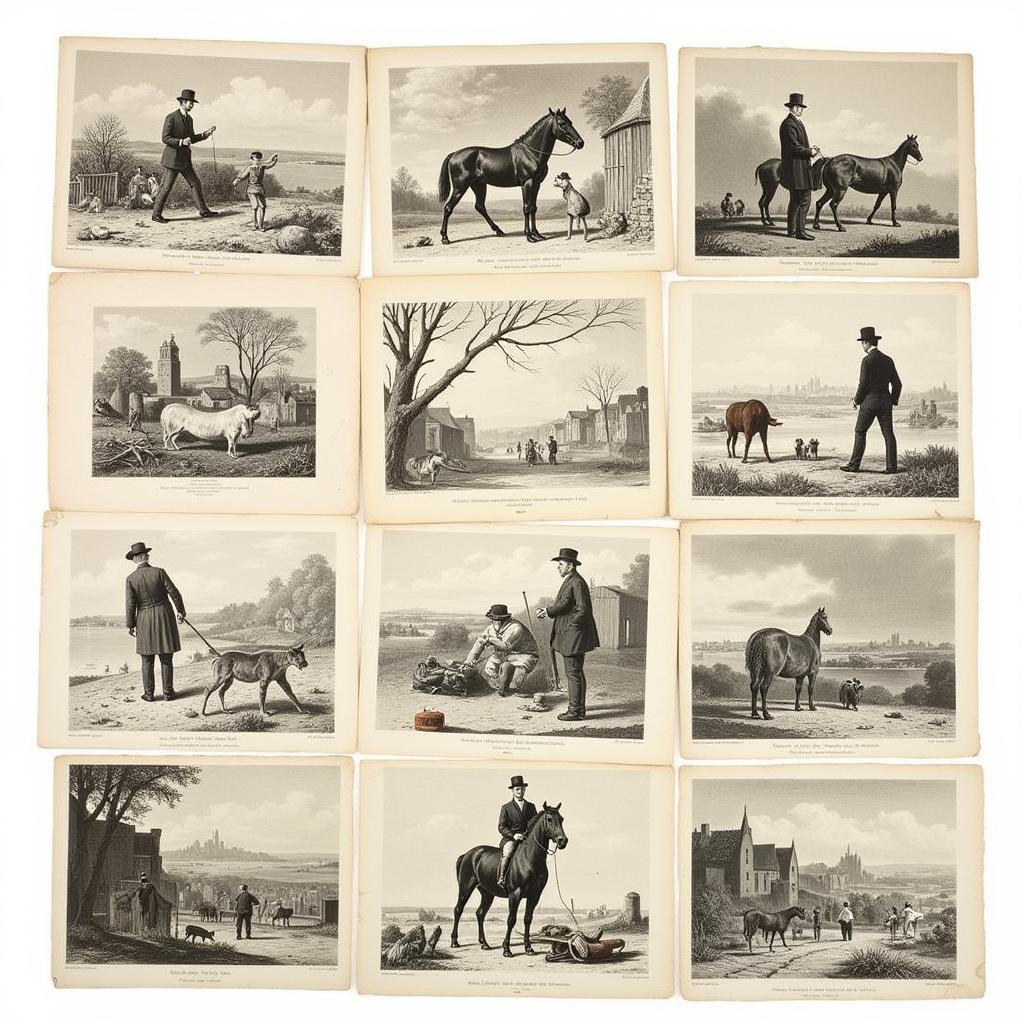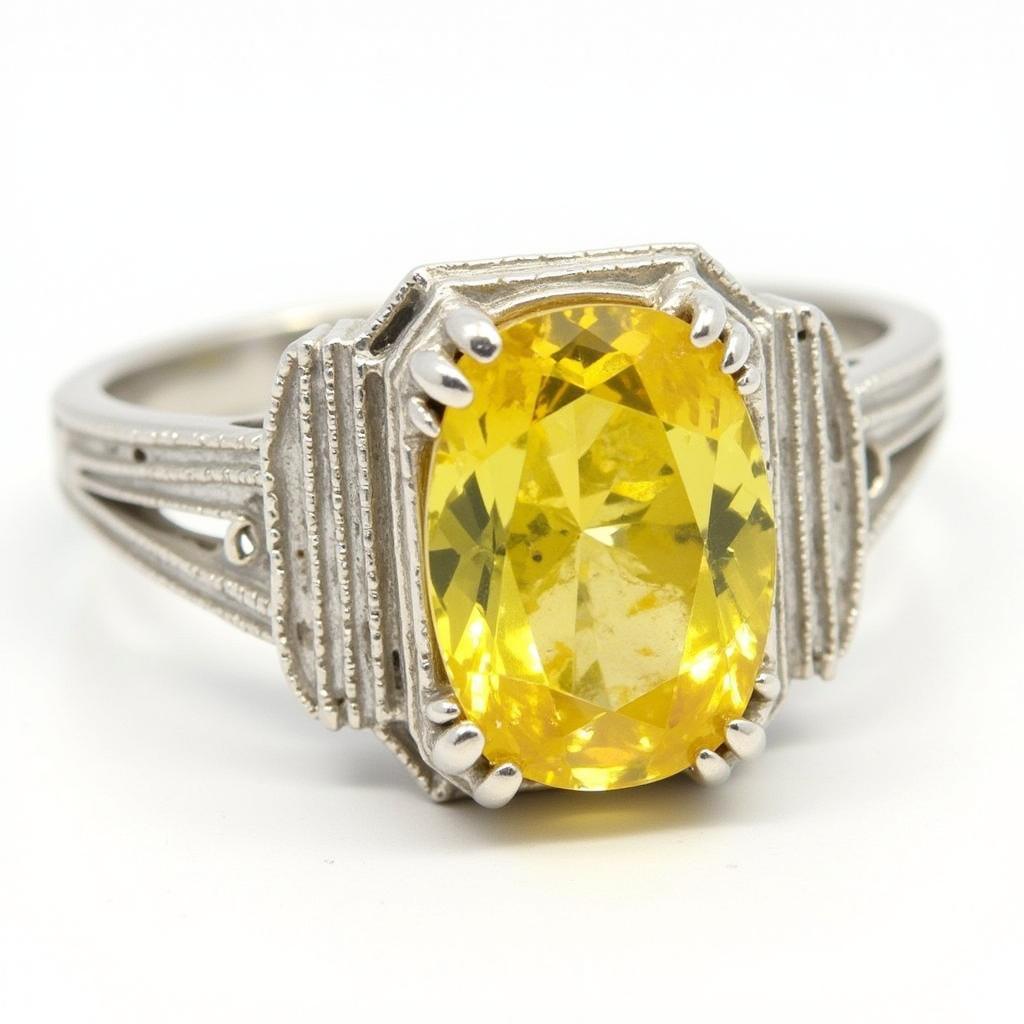Exploring the World of Abstract Art Artworks
Abstract art, a captivating genre that breaks free from traditional representation, invites viewers to embark on a journey of personal interpretation. Unlike figurative art, which aims to depict recognizable objects, Abstract Art Artworks employ forms, colors, and textures to evoke emotions, ideas, and sensory experiences.
The Allure of Non-Representational Art
One of the primary reasons abstract art artworks continue to fascinate and intrigue us lies in their ambiguity. Freed from the constraints of realism, artists delve into the depths of their creativity, expressing themselves through a visual language that transcends words. A simple splash of color can ignite a symphony of emotions, while a bold geometric shape can convey a sense of order or dynamism.
Key Elements of Abstract Art
While abstract art artworks embrace boundless possibilities, several key elements form the foundation of this genre:
- Color: Artists harness the power of color to evoke specific moods, feelings, and associations. Warm hues like reds and oranges often suggest passion and energy, while cool blues and greens evoke calmness and tranquility.
- Shape: Geometric shapes, organic forms, and abstract lines interact on the canvas, creating a visual dialogue that speaks to our subconscious. The interplay of sharp angles and flowing curves can evoke a sense of balance, tension, or movement.
- Texture: From smooth and polished surfaces to rough and textured layers, artists use texture to add depth and dimension to their work. Texture can be achieved through various techniques, including impasto (thick paint application) and collage.
- Composition: The arrangement of elements within an artwork is crucial in guiding the viewer’s eye and conveying the artist’s message. Balance, contrast, and focal points are carefully considered to create a harmonious and engaging composition.
Prominent Abstract Art Movements
Throughout history, numerous art movements have shaped the evolution of abstract art. Each movement brought its own unique perspective and stylistic approaches:
Impressionism: A Bridge Between Realism and Abstraction
While not strictly abstract, Impressionism played a pivotal role in paving the way for non-representational art. Impressionist painters, such as Claude Monet and Pierre-Auguste Renoir, moved away from detailed realism, focusing instead on capturing the fleeting effects of light and atmosphere. Their loose brushwork and emphasis on color over form laid the groundwork for future abstract explorations.
Fauvism: Unleashing Bold Colors
Emerging in the early 20th century, Fauvism embraced vibrant, non-naturalistic colors to convey emotions and sensations. Artists like Henri Matisse and André Derain used color as a primary expressive element, often distorting forms to heighten the emotional impact of their work. 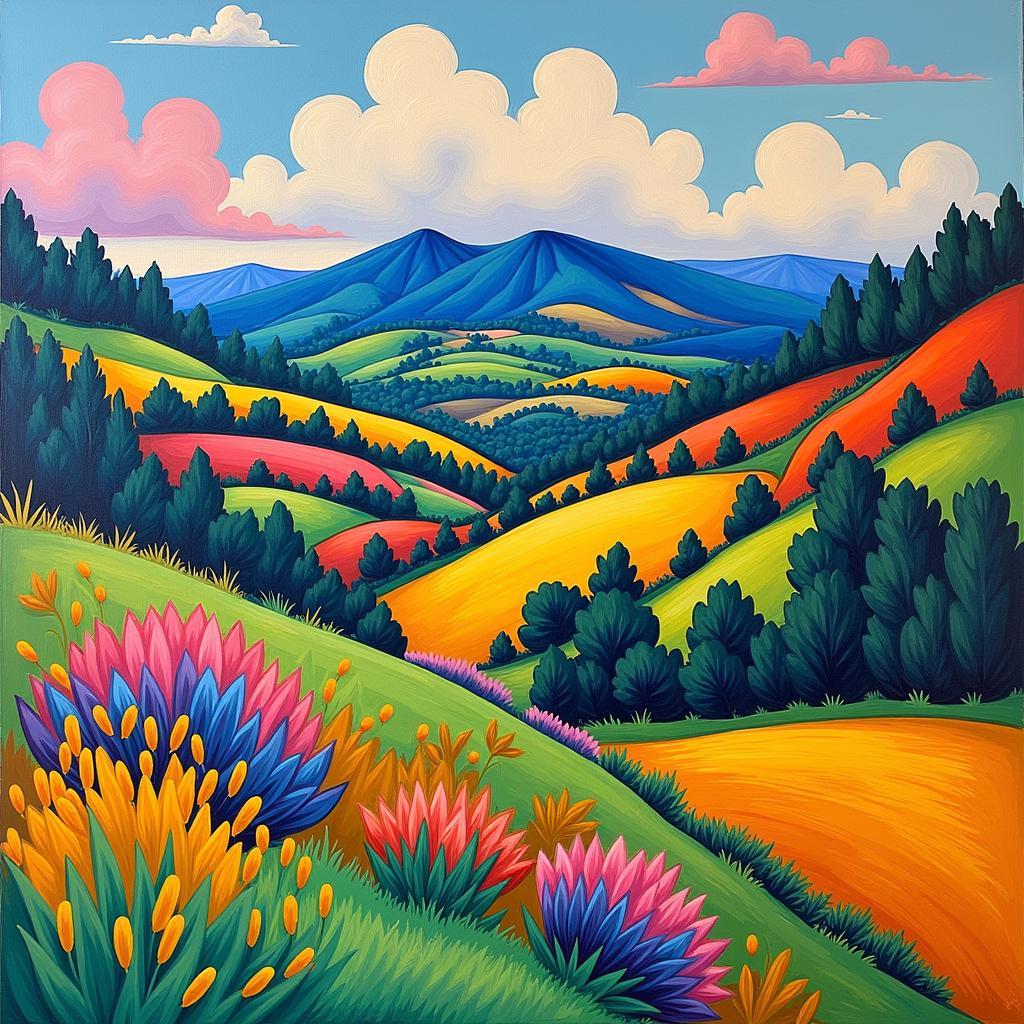 Fauvist Landscape Painting with Bold Colors
Fauvist Landscape Painting with Bold Colors
Cubism: Fragmenting Reality
Pioneered by Pablo Picasso and Georges Braque, Cubism revolutionized art by breaking down objects into geometric shapes and reassembling them in abstract forms. Cubist paintings challenge traditional perspectives, presenting multiple viewpoints simultaneously and emphasizing the flatness of the picture plane.
Abstract Expressionism: The Triumph of Gesture
Emerging in the aftermath of World War II, Abstract Expressionism celebrated spontaneity, emotion, and the act of painting itself. Artists like Jackson Pollock and Mark Rothko created powerful, large-scale works characterized by gestural brushstrokes, dripping paint, and an emphasis on the subconscious mind.
Appreciating Abstract Art Artworks
While abstract art may seem enigmatic at first glance, appreciating its beauty lies in embracing the subjective nature of the experience. There are no right or wrong interpretations; the true power of abstract art lies in its ability to spark our imagination, evoke emotions, and connect with us on a deeply personal level.
Here are a few tips for approaching abstract art:
- Open Your Mind: Let go of the need to find a literal meaning or representation.
- Embrace Your Emotions: Pay attention to the feelings, memories, and associations that the artwork evokes within you.
- Consider the Elements: Observe the use of color, shape, texture, and composition. How do these elements work together to create a particular mood or effect?
- Explore the Context: Learning about the artist’s background, influences, and the historical context in which the artwork was created can provide valuable insights.
Abstract Art in the Digital Age
Today, the digital realm offers exciting new possibilities for abstract art creation and appreciation. Digital artists utilize technology to create stunning works that push the boundaries of traditional media. Software programs allow for intricate patterns, mesmerizing textures, and limitless color palettes, expanding the horizons of abstract art expression. Online platforms and virtual galleries provide unprecedented access to a global community of abstract artists, fostering connections and inspiring new creative endeavors.
The world of abstract art artworks is a realm of endless exploration and discovery. By embracing the unknown, we open ourselves to a world of visual poetry, emotional resonance, and the transformative power of art.
Frequently Asked Questions about Abstract Art
1. What is the purpose of abstract art?
Abstract art aims to evoke emotions, ideas, and sensory experiences rather than depict recognizable objects. It allows artists to express themselves beyond the limitations of language.
2. How do I know what an abstract artwork means?
There is no single “correct” interpretation of an abstract artwork. The beauty lies in its subjectivity, encouraging viewers to find personal meaning based on their own experiences and emotions.
3. Is abstract art easy to create?
While abstract art may appear simple, it requires a deep understanding of composition, color theory, and artistic principles. Skillfully executed abstract art goes beyond random gestures, conveying intention and emotion through carefully considered choices.
4. What are some famous abstract artists?
Some prominent abstract artists include Wassily Kandinsky, Piet Mondrian, Jackson Pollock, Mark Rothko, and Georgia O’Keeffe.
5. Where can I see abstract art?
You can find abstract art in museums, galleries, art fairs, and online platforms dedicated to showcasing contemporary and modern art.
Need Assistance?
Contact us at Phone Number: 02462573573, Email: [email protected] Or visit us at Savico Megamall, 7-9 Đ. Nguyễn Văn Linh, Gia Thụy, Long Biên, Hà Nội 10000, Việt Nam. Our customer support team is available 24/7.

